Did you know the current worldwide inflation rate is 13.9%? Watching inflation has become one of the most important economic indicators. We define inflation as a constant increase in the general price level of goods and services that can impact your currency’s purchasing power. Heightened inflation can drive economic growth by stimulating consumer spending and investment and reducing debt. It can, however, impair economic growth by lowering consumer spending power and raising uncertainty and interest rates. But which countries have the highest inflation rates? Get ready to discover the top ten countries with the highest inflation rates in the world.
1. Venezuela
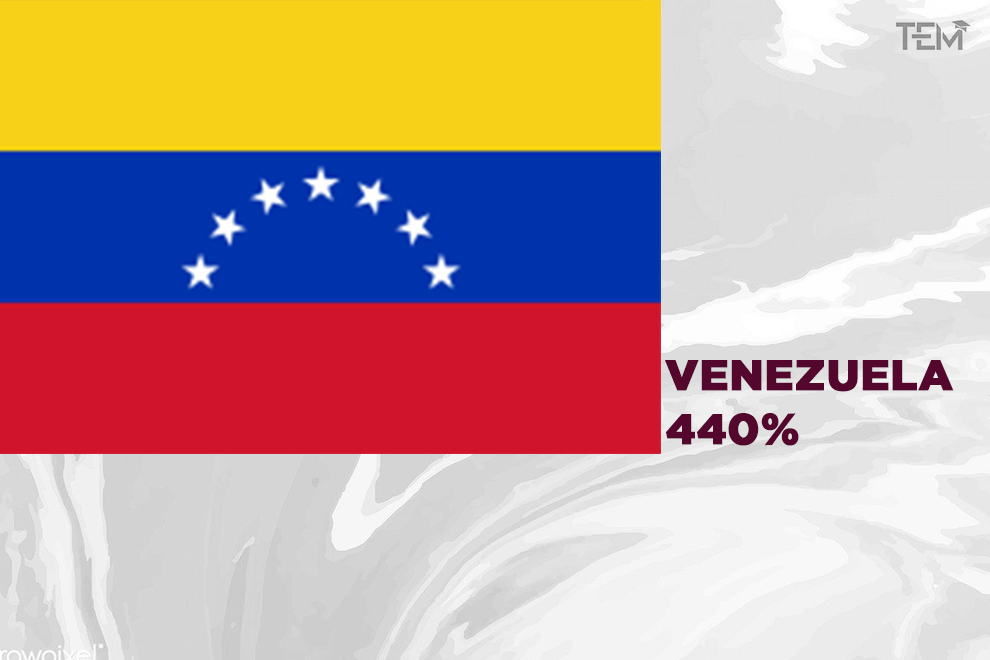
Inflation rate: 440%
GDP: US$102.08 billion
Minimum Wage: US$6.50 per month
Venezuela, which recently emerged from a four-year period of hyperinflation, has seen fractures in the stringent rules implemented by President Nicolas Maduro’s government. Despite having consumer price inflation in the single digits for nine straight months, the government has been increasing spending since November, prompting demand for dollars to exceed the central bank’s foreign currency reserves. Economists project that Venezuela’s real GDP will increase by 5.6% in 2023 and 5% in 2024.
2. Syria
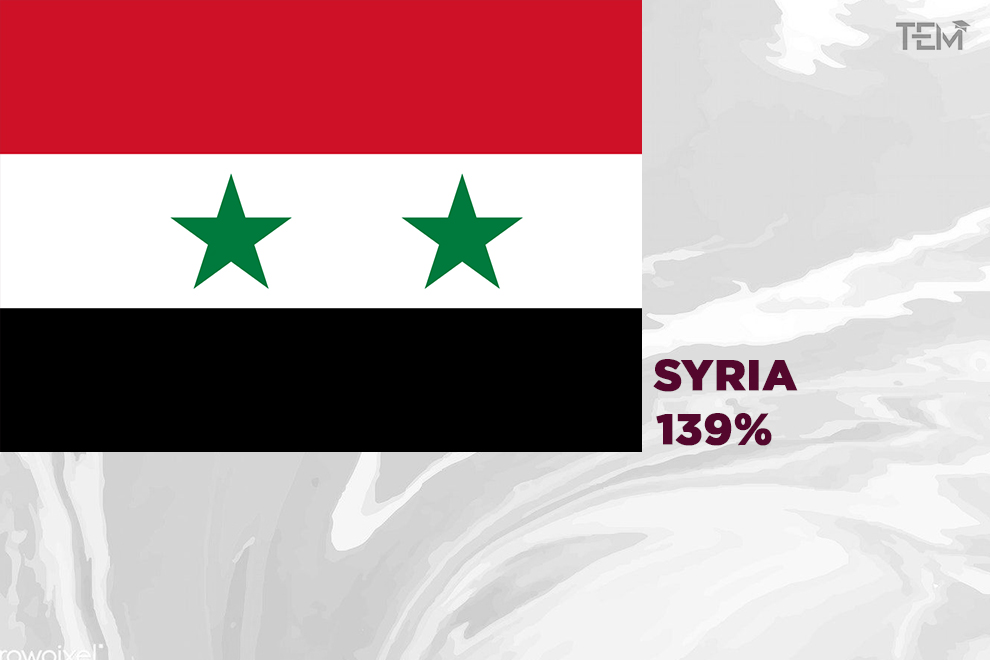
Inflation rate: 139%
GDP: US$136 billion
Minimum Wage: US$3.88 per month
War, high input costs, and other factors will cause a 3.2% decrease in Syria’s real GDP in 2023, following a 3.5% decline in 2022. Manufacturing, transportation, and services are expected to suffer because of the decrease in crop production caused by war, high input costs, and water scarcity. Likely to fall but stay high in 2023, posing considerable threats to the GDP forecast, and any cuts to subsidies may worsen the continuing food and fuel shortages.
3. Lebanon
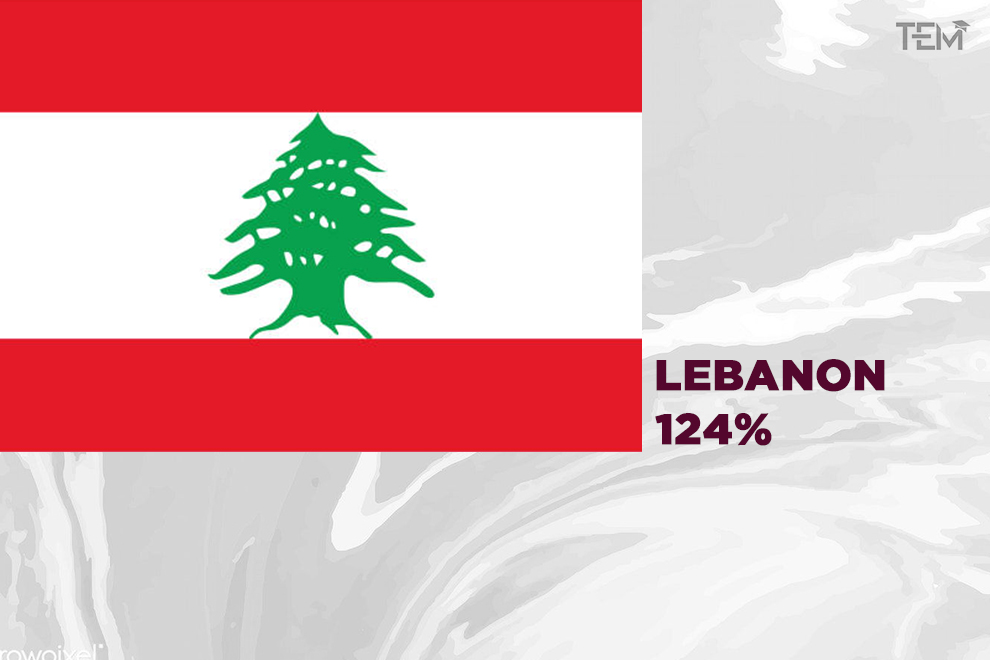
Inflation rate: 124%
GDP: US$4,136.15
Minimum Wage: US$172.79 per month
Communication, alcoholic beverages, tobacco, restaurants, hotels, health, transportation, housing, and utilities have all seen considerable rises because of inflation, with some industries suffering an increase of over 600%. Food and non-alcoholic beverage inflation reached a ten-month high of 352% in March, up from 261% in February, putting an economic burden on many people.
4. Argentina
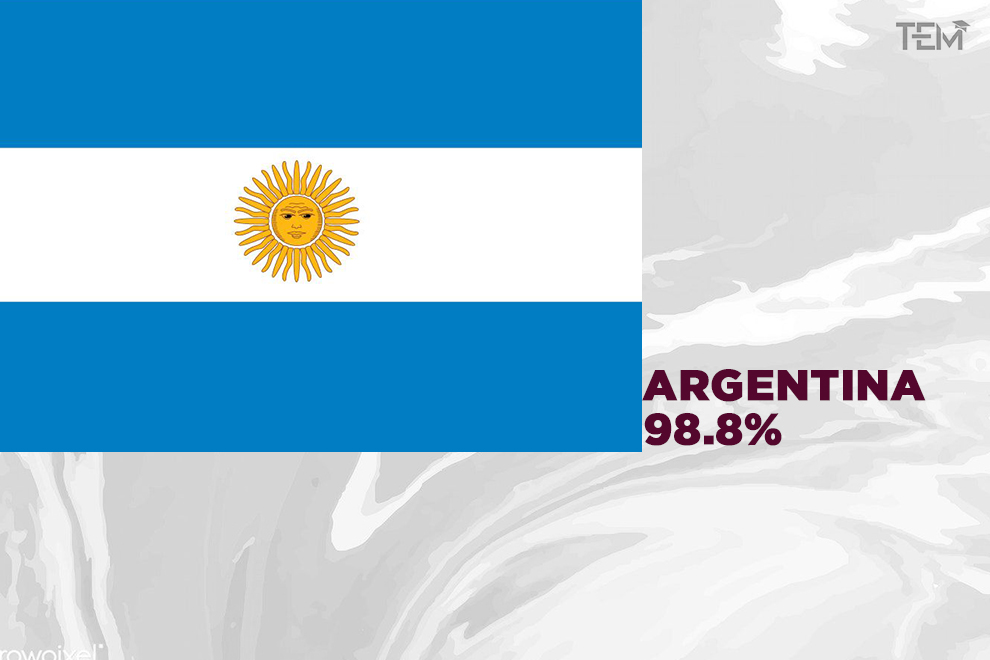
Inflation rate: 98.8%
GDP: US$1.2 trillion
Minimum Wage: US$313.70 per month
I project the monthly inflation rate in Argentina to have risen in the last few months, and the forecast shows it will continue to rise. This has caused the 2023 growth rate for the country’s economy to stagnate compared to the 0.5% growth rate previously predicted. Analysts forecast the average nominal exchange rate to weaken to 330.47 pesos per U.S. dollar by year-end.
5. Sudan

Inflation rate: 83.6%
GDP: US$207 billion
Minimum Wage: US$5.24 per month
Sudan has a high inflation rate that is expected to fall over time based on the year-on-year change in the average consumer price index. I expect the average inflation rate to fall by 53.4 percentage points between 2023 and 2028. I expect this substantial shift to lead to increased stability in the average price level based on a typical basket of consumer goods and services.
6. Zimbabwe

Inflation rate: 75.2%
GDP: US$28.37 billion
Minimum Wage: US$150 per month
Zimbabwe is one country facing high inflation rates, with the annual consumer price inflation rate easing in April 2023 from 87.6% in the previous month. After falling by 0.1% the previous month, monthly consumer prices increased by 2.4% in April, the largest increase in six months. Food and non-alcoholic drinks, housing and utilities, and transportation are the most important categories in Zimbabwe’s Consumer Price Index, accounting for 31%, 28%, and 8%, respectively.
7. Suriname

Inflation rate: 55.5%
GDP: US$10.7 billion
Minimum Wage: US$160.25 per month
Since February 2023, the inflation rate in Suriname has been rising day by day. If you’re curious about what’s driving these changes, you’ll be interested to know that the most significant category in the Consumer Price Index in Suriname is food and non-alcoholic beverages, accounting for 30% of the total weight. Housing and utilities, transportation, miscellaneous goods and services, and healthcare also contribute significantly to the index.
8. Turkey

Inflation rate: 55.18%
GDP: US$1.029 trillion
Minimum Wage: US$518.54 per month
Turkey’s yearly inflation rate has been decreasing in recent months. Except for education, costs grew at a slower pace, with consumer prices rising by only 3.2% on a monthly basis. Turkey presents a chance for investors hoping to profit from falling inflation rates, with authorities expecting inflation to decline to 22.3% by the end of the year.
9. Sri Lanka
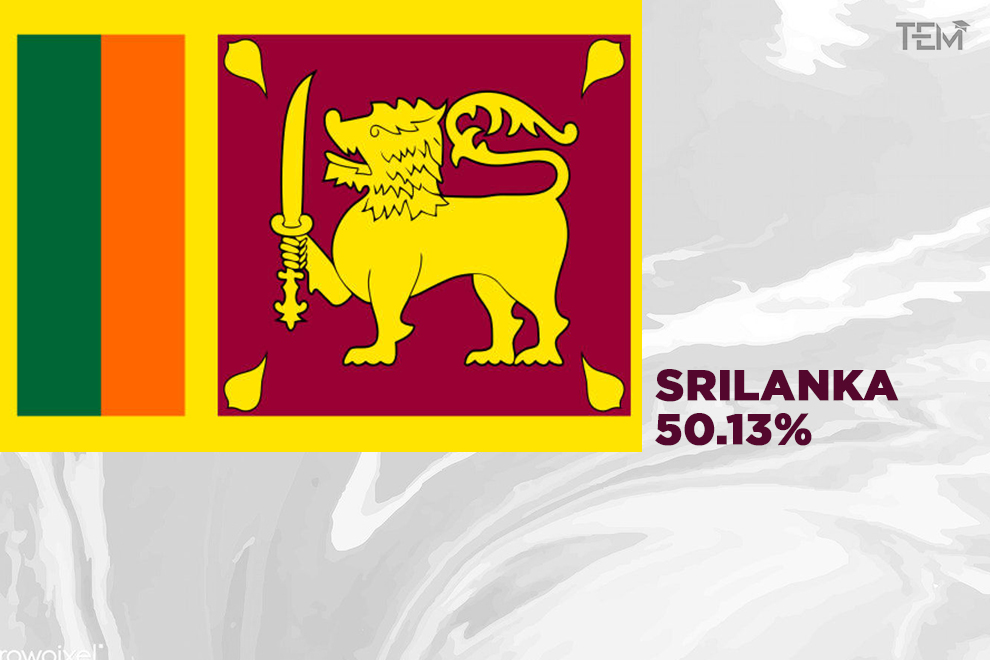
Inflation rate: 50.3%
GDP: US$88.93 billion
Minimum Wage: US$38.90 per month
The recent crises have impacted Sri Lanka’s inflation rate, although the economy is progressively recovering. Food inflation in Sri Lanka has slowed in recent months, but non-food inflation has risen marginally. This suggests that the country is progressing toward stability. As the country continues to recover, customers should expect lower food prices. This may reduce the financial strain on households, allowing them to spend on other necessities and contributing to the country’s economic progress.
10. Ghana

Inflation rate: 45%
GDP: US$66.62 billion
Minimum Wage: US$107.59 per month
Ghana’s annual inflation rate fell for the third month in a row in March 2023, reaching its lowest level since October 2022. This decline in the inflation rate is notable, especially given that it reached an over two-decade high of 54.1% in December. Because of the strengthening currency, prices for both food and non-food items increased more slowly in March. This led to a 1.2% decline in consumer prices in March, the largest drop since September 2012.
We hope our blog on the top 10 countries with the highest inflation rate has helped you better understand the economic situation in these countries and how it may impact the global economy. If you want to continue expanding your knowledge, keep reading our blogs. We provide valuable information on a variety of topics.













